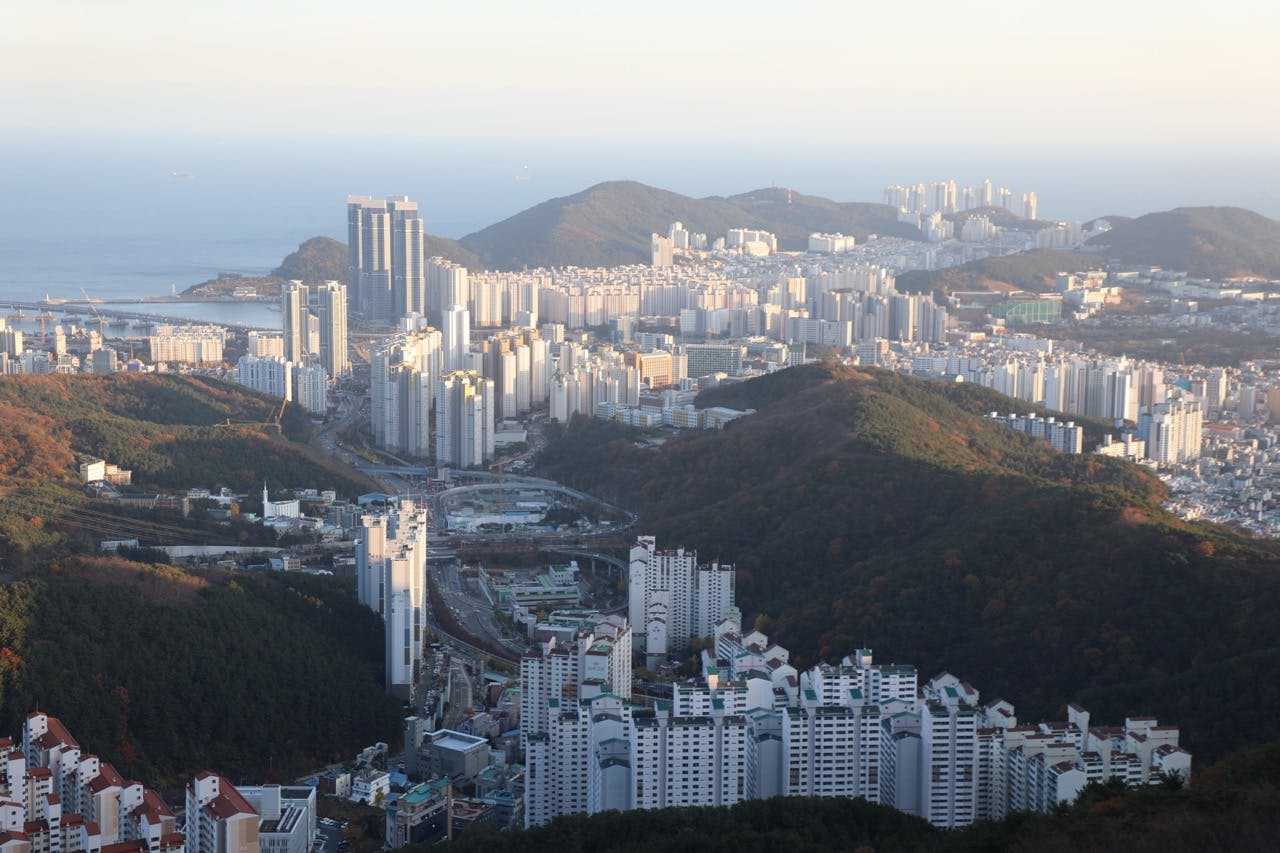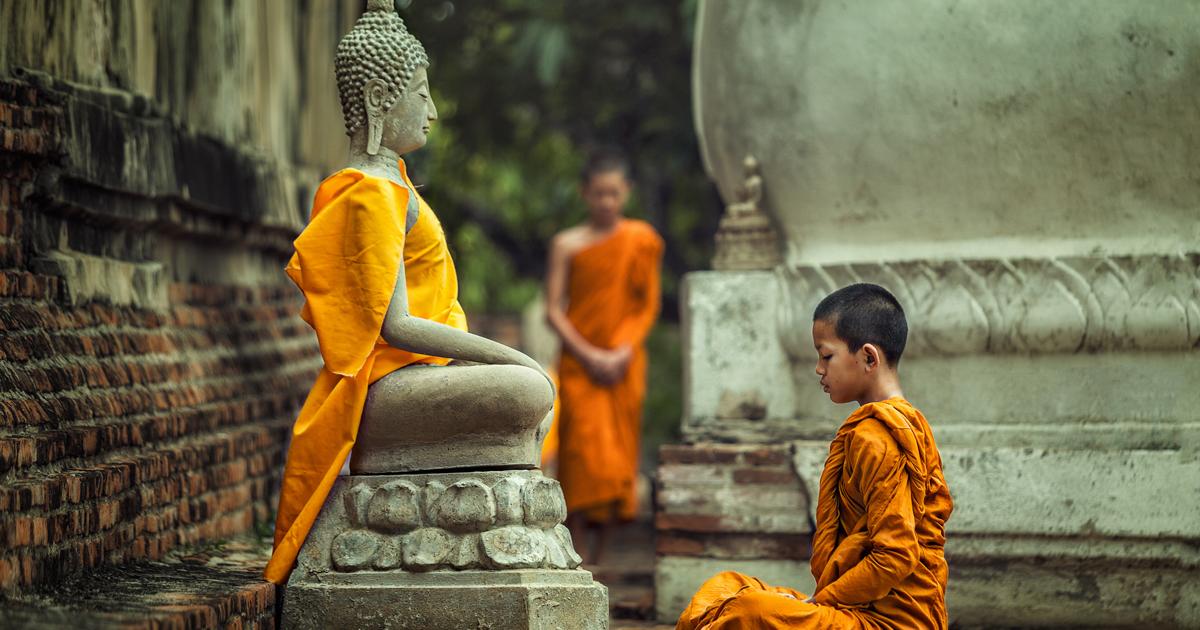A Love Letter to Busan, Korea: Home to Sprawling, Tranquil Beauty
In the dark morning I watch the blue horizon, waiting for the sun. A minute before the first hopeful light, the sea turns silver, gently slapping at the shore along the South Korea city of Busan. From where I stand, I hear the chorus of Buddhist monks chant their morning mantra. A wood block echoes the rhythm of solemn voices. A bell rings. The sun comes up.

Perched at the edge of land, water and sky, Haedong Yonggungsa (which means “eastern sea dragon temple”) is an extraordinary place to greet the dawn. Built in the 14th century, the seaside complex is a jumble of fancy tile rooftops held high by rows of tree-trunk-sized pillars. Elaborate dragon statues lead me up the path of gold and marble Buddhas — some stoic, others laughing. Venturing past the ancient shrines and twisted junipers, I catch the gorgeous panorama of the rising sun.
The morning light grows, brightening the blue sky. Down the coast, the gleaming city of Busan shines like a beacon on the water.
Korea’s “other” city
This is Korea’s “other” city — home to 3.5 million people and the geographic (and cultural) opposite of the capital Seoul. Fiercely proud of its unique and separate identity, the city sits at the southeast corner of the Korean peninsula, facing the “East Sea” (or the Sea of Japan), with a parade of cargo ships that come and go all day and night.
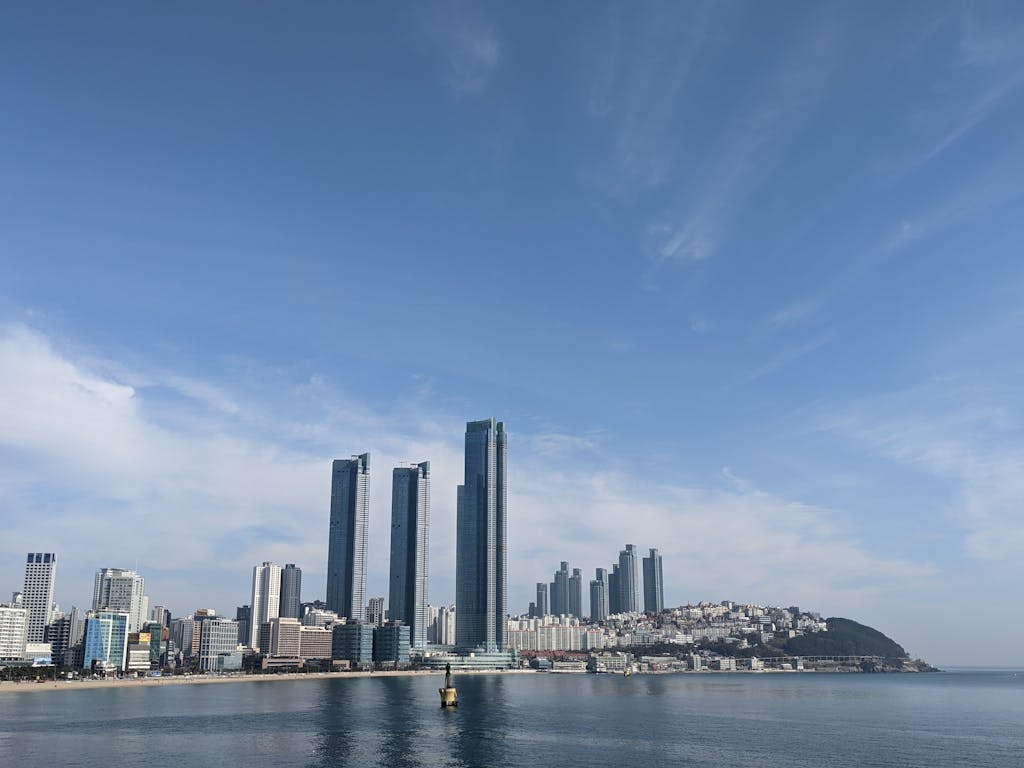
Constant motion is part of the architecture in this maritime metropolis — the largest seaport in Korea by volume and the fifth largest in the world. If you own a Samsung television or phone, or drive a Hyundai or KIA, chances are it reached you via the bustling port of Busan. Like its own floating cityscape, the colorful stacks of shipping containers flow in and out of ships at a dizzying speed.
International trade built Busan, and the strategic harbor made it the ideal headquarters for South Koreans and their allies during the Korean Conflict (1950-53). I pay my respects at the United Nations Memorial Cemetery, where neatly-trimmed trees, flowering rose bushes and flawless green lawns cast a reverent mood over this final resting place of 2,300 war casualties from 22 different countries. Standing at the black marble Wall of Remembrance, I notice a team of local volunteers — Busan residents who come to maintain the grounds — and one can’t help but be moved by their dedication.

Dining your way through Busan
With its long history of welcoming refugees from all over the country, the city represents a vastly cosmopolitan South Korea. Nowhere is the city’s diverse flavor more evident than in the famous cuisine, which spans everything from extra-fresh seafood to out-of-this world street food.
Indeed, Busan holds the unofficial title for best food city in South Korea and my own experience backs the claim. Every meal and snack I encounter becomes a unique and delicious adventure. I taste the city’s famous fish cakes and scallion pancakes, I indulge in flounder sashimi — delicate grilled eel and steamed crab so fresh that I watch it yanked out of the sea mere minutes before it hits my plate. I slurp spicy noodles and ask for more, then sip phenomenal tea between miniature gourmet pastries. My advice is to come hungry and stay open-minded; chances are that you will try something new, and you’ll like it.
Food is pretty much a contact sport in Busan, and there’s nowhere more action-packed than Jagalchi Seafood Market. Picky chefs swirl their hands in tubs of live octopi while shrewd home cooks size up gigantic salmon that swim in the tanks fed directly from the sea. Scallops, razor clams and periwinkles fill the stalls, along with dried and smoked fish, and more kinds of seaweed than I ever thought existed.
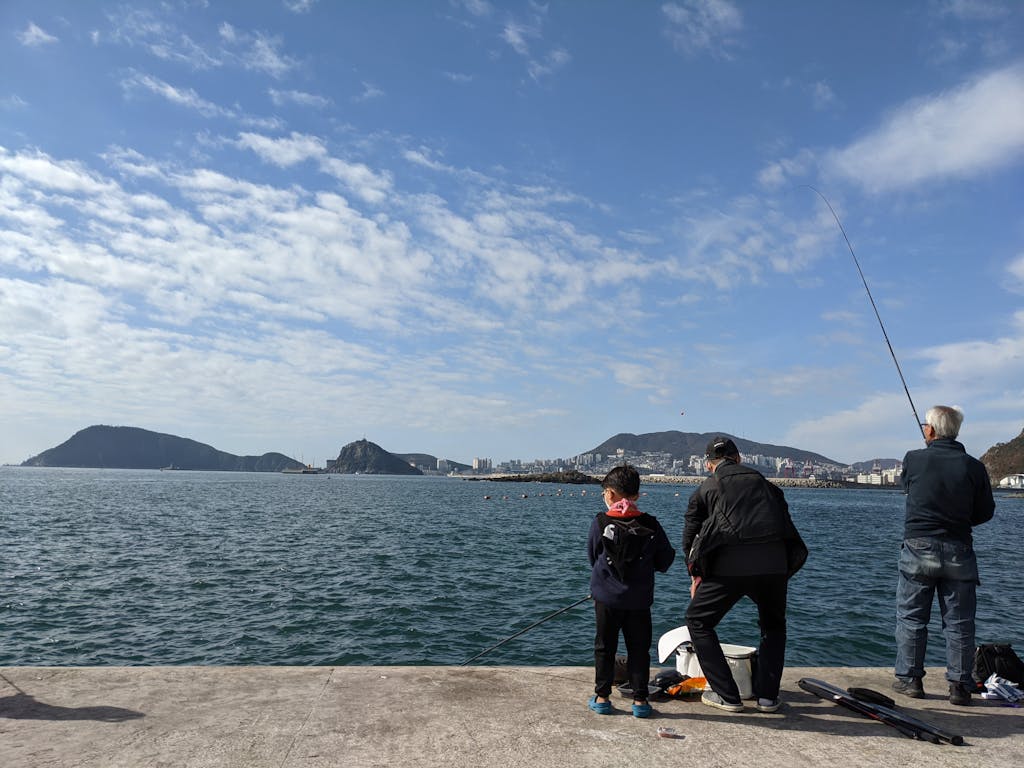
Natural harmony in Busan
Down on the pier, I watch a young boy fishing. His rod is pointed into the waves, line bobbing as he waits patiently for a bite. His father and grandfather stand next to him — three generations of fishermen, following a tradition as old as Busan.
Despite the vast urban layout of this city-by-the-sea, Busan is cradled by immense nature. Wild mountains, tall trees and quiet green spaces keep the city from ever feeling too overwhelming or sterile. The city’s balanced design seems aligned with nature, inviting visitors to step away from the rush of the man-made world. The sounds of cars and people disappear on my long walk through Dongbaek Park. Instead, I hear seagulls and songbirds, as well as the surrounding ocean. Challenging my own fear of heights, I venture out on the all-glass Oryukdo Skywalk that hovers away from the cliff’s edge. I lean out in the open air for a marvelous view of the rugged seacoast and a taste of the mild sea breeze.
As a destination, Busan is more of an experience than a list of places — and a big part of that experience is the beach. A wide strip of golden sand frames Haeundae Beach, where joggers fly past and families with children play near the calm water. The relaxed mood feels more like Malibu or Sydney than a major Asian business hub, but maybe this is simply Busan.
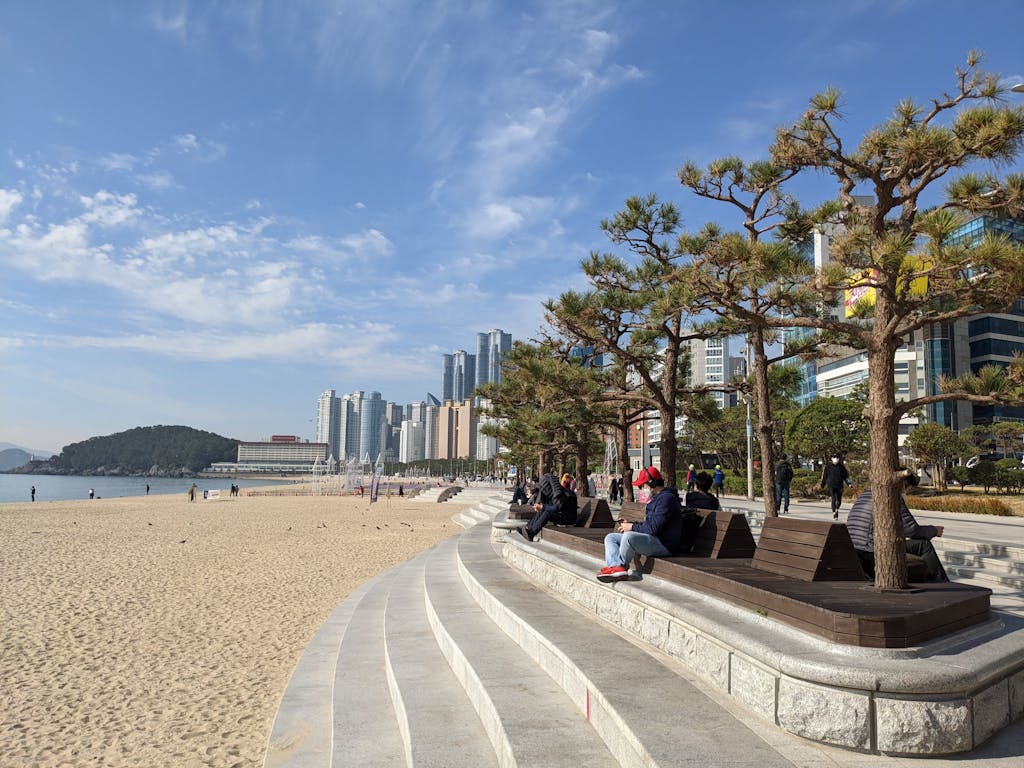
Like the Buddhist temple by the sea, the city achieves a rare tranquility in spite of itself. I feel it in the recovered wetlands of the Nakdong estuary, where I witness more than a thousand pairs of whooping swans thriving in the tidal marshes where the river meets the sea.
A glowing cityscape
In the soft hour before sunset, Busan seems like a veil of white lace draped across the evergreen mountains. But the city shines brightest at night, when the buildings and bridges take on a whole new dimension spelled out in colored lights. Showcasing LED technology on a grandiose scale, nighttime Busan becomes an immense glowing sculpture that lingers in the air like a slow-motion dream. Electric skyscrapers float upon the water, tilting up from the sparkling city painted on the dark mirror of the harbor. A night cruise shows me the astonishing scale of the lit-up architecture. Passing beneath Busan’s Diamond Bridge, I am in awe of the purple, blue and golden lights.
I am likewise in awe of the unstoppable beauty of this city that is both light and dark, ancient and new, and also quiet — yet always full of life.
Ready to embark on your own exploration of Busan and sights such as Haedong Yonggungsa? Start by browsing these Silversea cruises that include South Korea.
Silversea Cruises’ story on Busan was created as part of a content partnership with the Korea Tourism Organization, NY.



